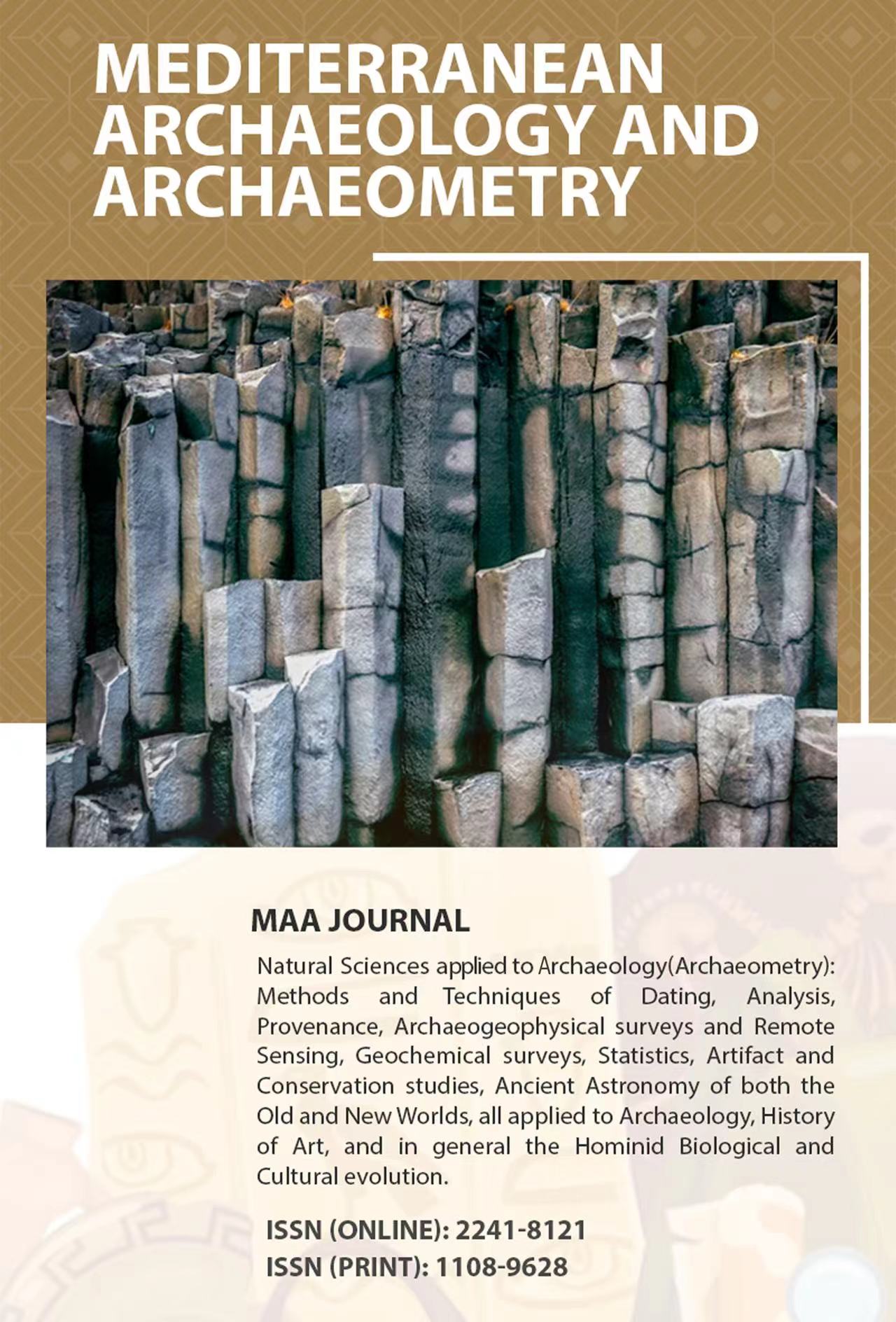The Influence of the Development of Chinese Porcelain on the Architecture of Wealthy Arab Merchants in East Africa
Keywords:
China, Porcelain Pattern, East Africa, Wealthy, Arab Merchant, Architectural Art.Abstract
To delve into the archaeological value of porcelain patterns, colors, and styles from the Tang and Song dynasties (618~1279 AC), explore the influence of patterns on patterns in the architecture of Arab merchants in East Africa. In this paper, Tang and Song dynasty porcelain is used to observe the patterns using a Sony DSX 4K electron microscope, and the observation indicators are patterns, porcelain materials and colors, etc., and compare them with Arab merchant buildings. The results show that the Tang and Song dynasty porcelain patterns are delicate and diverse, mainly circular and stripe patterns. The blue and white patterns and circular patterns in the architecture of the Arab merchants of East Africa are similar to those of explicit porcelain. Moreover, the sandstone and terracotta in the buildings of the Arab merchants in East Africa are similar to the materials of clear porcelain, which contains a large amount of FeO and SiO components and has good corrosion resistance. Therefore, Tang and Song dynasty porcelain had a certain influence on the architecture of Arab merchants in East Africa, mainly reflected in the shape and material of the pattern.










